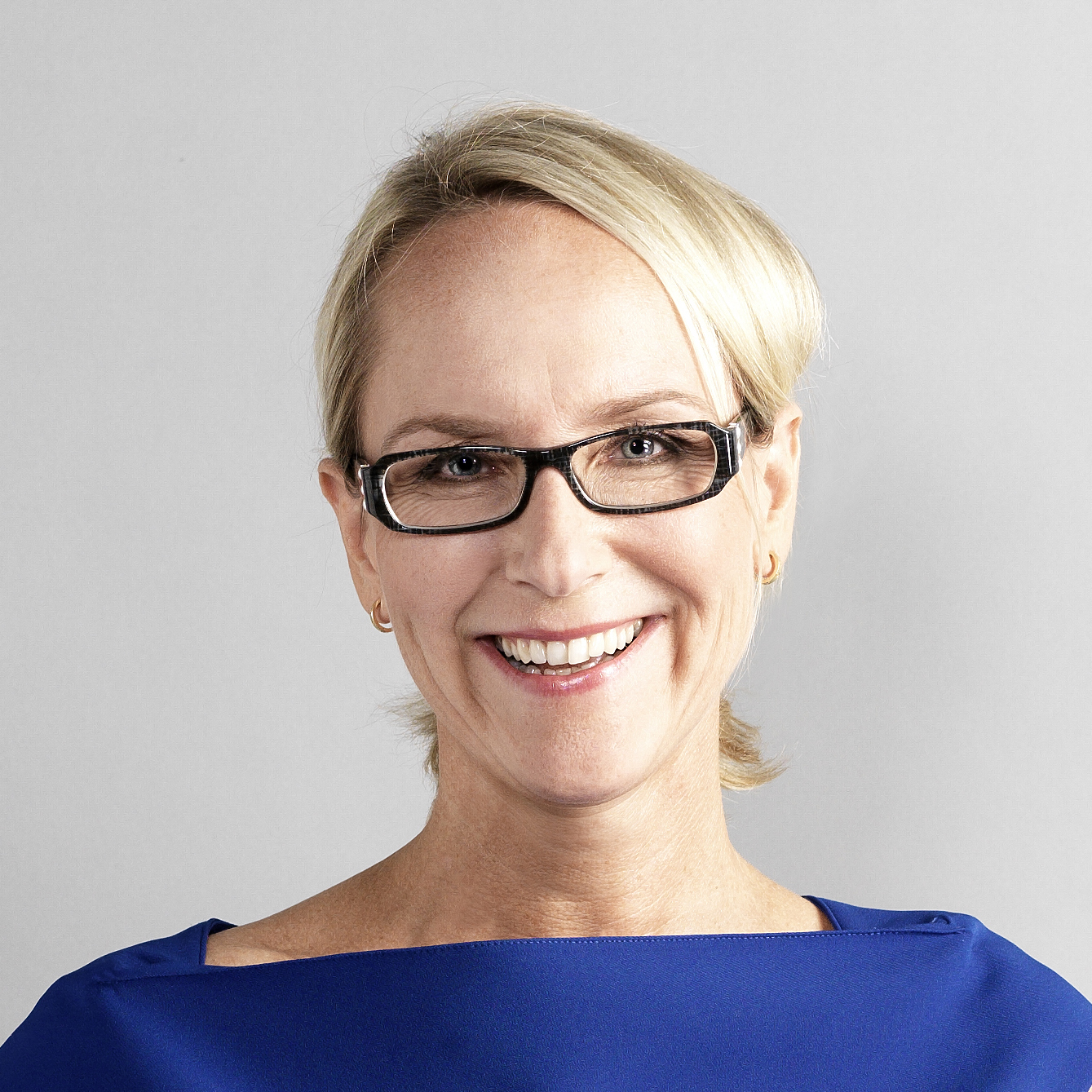- For Beauty Professionals
- Order before 12h00, delivered the next day
- Secure payment
- Secure payment

Tech Talk n°15 Why European cosmetics are the safest you can buy?
Why are european cosmetic products the safest you can buy?
Cosmetic products placed on the European market must comply to the European Cosmetics Regulation (EC) No 1223/2009 which is the most stringent in the entire world!
It sets out strict guidelines on ingredient use, overall product safety, manufacturing process, labelling, and marketing of cosmetic products within the EU. It defines the responsibilities of manufacturers, importers, and distributors, ensuring accountability at every stage of the supply chain.
Did you know that all cosmetic product for the European market are subject to:
- Ingredient Restrictions: The EU has banned and restricted the use of over 2000 chemicals in cosmetics that are potentially hazardous to human health. These substances are listed in 5 different Annexes:
- Annex II: substances prohibited in cosmetic products
- Annex III: restricted use of substances in cosmetic products
- Annex IV: colorants allowed in cosmetic products
- Annex V: preservatives allowed in cosmetic products
- Annex VI: UV filters allowed in cosmetic products
In other parts of the world 100 times more substances are unrestricted.
- Safety Assessment: Before a cosmetic product can be placed on the EU market, it must undergo a safety assessment by qualified safety assessor which is generally usually a certified toxicologist. The safety assessor evaluates all ingredients in the product to ensure they are safe and do not contain any harmful contaminants.
- Responsible Person: Any cosmetic product for sale on the European market must mention the contact details of the responsible person of the product. This can be the manufacturer or the importer who keeps the full Cosmetic Product Safety Report (CPSR) on file for the authorities to consult on request, even for 1 0years after the product is no longer available on the market.
- Cosmetic Product Notification Portal (CPNP): Manufacturers are required to notify every cosmetic product in the CPNP before placing them on the EU market. This electronic system allows authorities to monitor cosmetic products and ensure they comply with regulations.
- Labelling Requirements: Cosmetics must be labelled accurately including product name, function, user instructions and ingredient. Ingredients must be listed according to their International Nomenclature of Cosmetic Ingredients (INCI) names, allowing consumers to make informed choices.
- Filed Inspection: Regulatory authorities in EU member states, along with the European Commission, monitor the market to ensure compliance with regulations. They have the authority to take action against non-compliant products, including removal from the market.
- Filed Inspection: Regulatory authorities in EU member states, along with the European Commission, monitor the market to ensure compliance with regulations. They have the authority to take action against non-compliant products, including removal from the market.

Why can’t you find the information: “not tested on animals” on our products? Because it’s forbidden!
Cosmetic product placed on the EU market must comply fully to the EU cosmetics regulation N°1223/2009 which sets very strict rules on the use of ingredients, product labelling, product notification, safety assessment but also marketing claims of cosmetic products.
The EU does not allow marketing claims on cosmetic products when such marketing claims are simply in compliance with the EU legal rules.
It is important to know that animal testing has been forbidden on cosmetic products in the EU since 2004. That’s 20 years ago! Also, animal testing of individual ingredients used in these cosmetic products has also been fully banned since 2013.
So, it is simply illegal to make marketing claims such as “Not tested on Animals” or “Cruelty Free” for any cosmetic product on the EU market.
No cosmetic brand in Europe is allowed to do any animal testing on cosmetics and is also not allowed to use this as a marketing claim on their packaging, website, mailings, brochures or digital content. It’s time to stop this!

